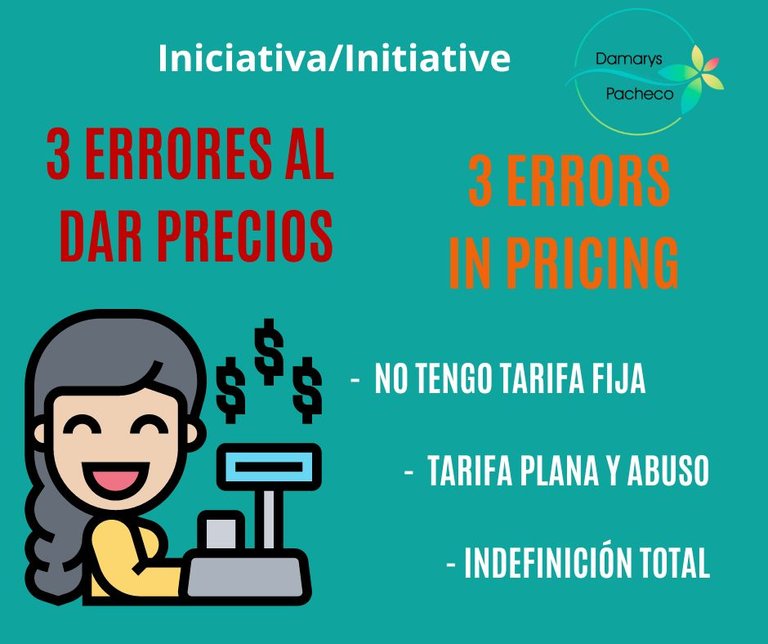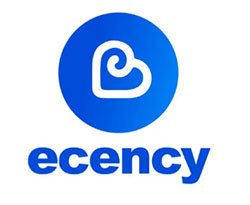
Calcular el precio de nuestros productos o servicios puede ser una tarea titánica, pues dependiendo del bien requerirá de mayores o menos detalles de cálculos. Existen varios métodos para calcular y fijar pecios, entre ellos: Cálculo de precios según el valor; precio basado en la competencia; precios basados en los costos y los precios que se fijan por hora o servicio prestado.
El tema de hoy no se trata de desglosar en cada uno de estos métodos, sino en aquellos errores en los que incurrimos una vez que fijamos los precios del bien o servicio que ofrecemos. Estos errores pueden ahuyentar a un posible cliente o afectarnos a nosotros mismos como emprendedores porque las reglas del juego no quedaron claras desde el inicio. Veamos con ejemplo algunas de estas situaciones.

A.- No tengo tarifa definida: Hace unas semanas requerí de un médico a domicilio, conseguí uno dispuesto con quien hice un acuerdo telefónico del precio de la consulta: él fijó su precio y yo lo acepté. Vino, realizó la consulta y acordamos una nueva visita para tres días después.
En la noche recibo un mensaje del médico donde me señala que las próximas consultas serían 50% más de lo acordado y un flayer ofreciéndome consultas on-line y otros servicios. Por lo general, en estas situaciones no me siento cómoda tratando de mediar, pues cada quien fija su precio y lo respeto. Así que le escribí dándole las gracias y diciéndole que no contrataría próximas consultas.
Cuando analizo la situación desde la perspectiva del emprendedor concluyo que es un grave error no tener clara la tarifa de tu servicio, pues estos cambios que parecen a capricho o de “viveza” malentendida, pues te vales de una situación para exigir un nuevo precio, hablan muy mal del profesional que incurre en ellos y por lo general el cliente huye de él.
B.- Tarifa plana y abuso. Este es el caso contrario, el cliente abusa. Una joven arquitecta de la familia me comenta molesta que una clienta la contactó para que le hiciera una pequeña modificación en 3D al plano de una cocina. Ella calculó que el trabajo se llevaría como máximo unas 10 horas y basándose en este tiempo estableció el precio.
La clienta no se decide y ha pedido que cambie tres veces el color de la cocina y otras tantas el del tope, lleva ya 15 días haciendo modificaciones por el mismo precio acordado al inicio. Esta es una situación que he visto que se les presenta, con frecuencia, a los diseñadores gráficos, creadores de páginas web, arquitectos y todo aquel que trabaje tratando de interpretar lo que desea un cliente, lo cual puede volverse interminable.
Una de las maneras que sugiero para evitar estas situaciones es fijar el precio que incluya un número X de modificaciones y que a partir de allí cualquier otro cambio tiene un costo adicional. Ahora, para que no pasé lo del caso anterior, esto hay que dejarlo establecido desde el primer momento.
C.-Indefinición total. Este es el caso del “emprendedor” que se presenta ante su cliente sin tener, aparentemente, noción del costo de su servicio, trasladando al cliente una responsabilidad y compromiso que no le corresponde.
Para ello utiliza frases como: Deme para los refrescos o el famoso: lo que salga de su corazón, Esta táctica, que considero, no es inocente coloca al cliente en una situación incómoda porque de pronto él no tiene un referente de cuánto cuesta el servicio prestado en el mercado así que no sabe si apunta a un sobreprecio o queda por debajo de la expectativa del prestador de servicio, por lo que es posible que el cliente no lo vuelva a solicitar y mucho menos lo recomiende.
En los tres casos es evidente que fijar los precios de nuestros productos y servicios es una tarea que debemos tomar en serio, estableciendo unos parámetros bien definidos y abrir una comunicación franca con el cliente dejando y respetando los acuerdos establecidos.
Has tenido alguna experiencia similar, como emprendedor o cliente, donde el precio ha creado un punto de desencuentro convirtiéndose en un error.
Compártenos tu experiencia en un post, estaré delegando 100HP a una participación y 500 puntos ecency a otra. Recuerda seguir las normas de publicación de la comunidad.

In English

Calculating the price of our products or services can be a titanic task, because depending on the good will require more or less details of calculations. There are several methods for calculating and setting prices, among them: Value-based pricing; competitor-based pricing; cost-based pricing; and hourly or service-based pricing.
Today's topic is not about breaking down each of these methods, but rather those mistakes we make once we price the good or service we offer. These mistakes can scare away a potential customer or affect us as entrepreneurs because the rules of the game were not clear from the beginning. Let's take an example of some of these situations.

A.- I do not have a defined fee: A few weeks ago I needed a doctor at home, I got a willing one with whom I made a telephone agreement on the price of the consultation: he set his price and I accepted it. He came, performed the consultation and we agreed on a new visit for three days later.
In the evening I received a message from the doctor telling me that the next consultation would be 50% more than the agreed price and a flier offering me on-line consultations and other services. Generally, in these situations I don't feel comfortable trying to mediate, as everyone sets their own price and I respect that. So I wrote to him thanking him and telling him that I would not hire any further consultations.
When I analyze the situation from the perspective of the entrepreneur I conclude that it is a serious mistake not to be clear about the rate of your service, because these changes that seem to be a whim or a misunderstood "liveliness", because you take advantage of a situation to demand a new price, speak very badly of the professional who incurs in them and usually the client flees from him.
B.- Flat rate and abuse. This is the opposite case, the client abuses. A young architect of the family tells me that a client contacted her to make a small 3D modification to the plan of a kitchen. She estimated that the job would take a maximum of 10 hours and based on this time she set the price.
The client can't make up her mind and has asked me to change the color of the kitchen three times and the top three times, she has been making modifications for 15 days now for the same price agreed at the beginning. This is a situation that I have seen happen frequently to graphic designers, web designers, architects and anyone who works trying to interpret what a client wants, which can become endless.
One of the ways I suggest to avoid these situations is to set the price to include X number of modifications and from there on any other change has an additional cost. Now, in order to avoid what happened in the previous case, this must be established from the very beginning.
C.- Total indeterminacy. This is the case of the "entrepreneur" who presents himself to his client without having, apparently, any notion of the cost of his service, transferring to the client a responsibility and commitment that does not correspond to him.
This tactic, which I believe is not innocent, places the client in an uncomfortable situation because suddenly he does not have a reference of how much the service costs in the market so he does not know if he is aiming for an overprice or is below the service provider's expectations, so it is possible that the client will not ask for it again and much less recommend it.
In all three cases it is evident that setting prices for our products and services is a task that we must take seriously, establishing well-defined parameters and opening a frank communication with the client, leaving and respecting the established agreements.
Have you had any similar experience, as an entrepreneur or customer, where the price has created a point of disagreement and turned into a mistake?
Share your experience in a post, I will be delegating 100HP to one participation and 500 ecency points to another. Remember to follow the community posting rules.

Translated with DeepL.com (free version)
Fuente de imágenes: Portada elaborada en Canva. 1 - 2



MIS REDES SOCIALES






Be Entrepreneur



